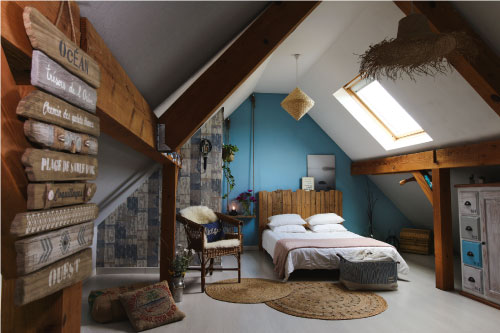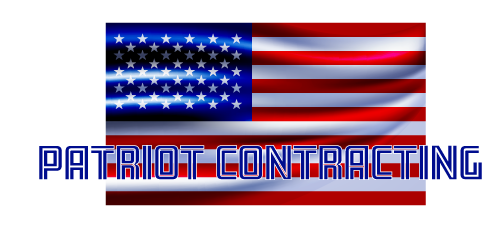Cellulose Insulation
Cellulose insulation is sprayed or blown into walls, conforming to cavities to create a tight thermal barrier that provides superior comfort and helps save on energy costs. In comparison, fiberglass batts often leave gaps and voids that result in poor insulating performance.
Cellulose insulation has a number of advantages over other types of insulation. Loose-fill cellulose insulation can settle around and conform to most of the obstructions found in walls and attics. It is inexpensive and has an R-value of about 3.5 per inch of thickness, compared to fiberglass’ R-value between R3 to R4 per inch. When walls are already finished, and you are doing a remodel, injecting loose-fill cellulose insulation is one of the few ways of adding insulation. One alternative is to pull down the drywall and use fiberglass batts. Cellulose insulation stands up reasonably well against insects and vermin because it is treated with borates. Since Cellulose insulation is treated with Borates it is considered a Class 1 fire retardant.
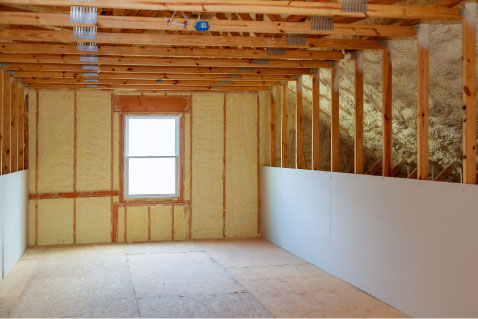
Basement
The best way to insulate a basement wall on the interior is with foam insulation that is adhered or attached directly to the concrete. Insulating a home’s basement creates a stronger building envelope, contributing to reduced heating and cooling bills. In fact, an uninsulated basement can account for as much as 25 percent of a home’s total heat loss and can lead to moisture problems and mold. The most commonly used insulation materials in the basement include spray foam, fiberglass, and foam board.
Commercial & Fireproofing
Fireproofing is rendering something resistant to fire, or incombustible; or material that might be used to make anything fire-proof. Insulation is a passive fire protection product that is used to prevent or delay the failure of steel and concrete structures exposed to fire. These materials are intended to insulate the building materials during the event of a fire, helping to delay the loss of the integrity of the building’s structures. Patriot Contracting has experience installing insulation systems which have helped to fireproof large and small commercial projects.
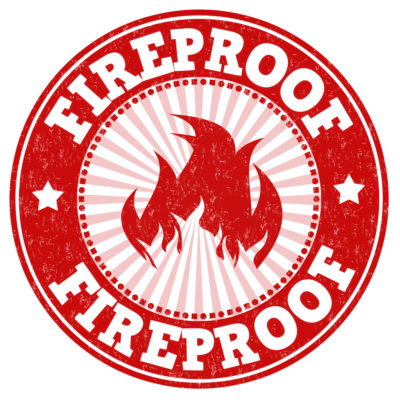
Crawlspace
Crawl spaces are susceptible to moisture and deterioration problems. A crawl space is in direct contact with the ground, so it has a natural tendency to become damp. Soil has high humidity which seeps into a crawl space, causing it to become damp. Damp environments can harbor unwanted visitors, such as mold and pests which can be unhealthy for your family or work environment.
The damp space under your home can affect the interior of your home. The natural airflow of a home or building moves from bottom to top. As the living space naturally breathes, the moist, unhealthy air from your crawl space flows up and into living areas, affecting those living there and costing you extra money each month on energy bills.
Garage
The garage is one of the most neglected spaces when it comes to insulation in most homes. Most attached garages have little to no insulation to protect your home from extreme temperatures. Not properly insulating the garage allows heat to flow in and out throughout the year costing you money. Most homeowners neglect the garage because they just don’t think of it as a room in their home. But insulating your garage can save you lots of money on your heating and cooling bills throughout the year. Insulating the garage ceiling is essential if there is living space above the garage. By installing insulation in this area, it will eliminate energy-wasting leaks and harmful auto emissions from entering the living space. One of the most important places to insulate in your garage is the wall it shares with your home. This is the space where most of the heat transfer occurs between the garage and the inside of your home. When the garage is attached to the home you should install insulation that will ensure that the living space is air-sealed from the garage, insulated from fluctuating temperatures and fire-rated for protection. Installing new garage doors can improve energy efficiency and the home’s overall comfort as another way to protect the home from heat and cold.
Industrial Coatings
Industrial coatings protect from corrosion specifically concrete and steel. We specialize in polyurea or the painting method. Polyurea coatings are strong and pliable and here are some more of the advantages.
- Durability
- Adaptability for small and large spaces
- Flexibility for budget
- Different methods of application
- Elasticity
Pole Barn
Between fiberglass, cellulose and foam, there are numerous ways to insulate a post-frame building. Fiberglass is the industry standard and the most commonly used material. It’s lightweight and the lowest cost insulation solution. Foam insulation does a great job insulating and is more expensive. It requires special equipment and a licensed professional to install it. Cellulose insulation is blown and is typically used in the attic. Cellulose is made of recyclable materials and has a slightly higher R-value per inch than blown in fiberglass. Our philosophy is to consult with our customers first to determine need, then design a solution that fits your timeframe and budget.
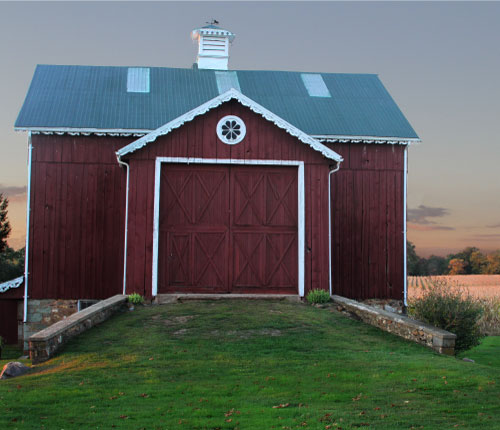
Home remodeling
What is the best insulation material when you are remodeling your home? There really isn’t just one best solution for all situations. Some may work well in certain situations, while others work better depending on the part of the house you are remodeling.
Since heat rises, most of the warmth of your home escapes through the ceiling. The best type of insulation depends on the roof framing system. Blown-in cellulose fiber works well for attic insulation. Laying fiberglass batts in a trussed attic and be difficult, but a blower can distribute a uniform blanket of insulation, even into nooks and crannies.
When insulating the walls having a professional installer apply expandable spray foam in open stud spaces will seal the cavities. Spray foam insulation costs considerably more than batt insulation, but it offers the highest R-value.
If you are residing your home as part of your remodel, then insulated vinyl siding that comes with attached rigid foam for added R-value is a good system to install. Another option is Exterior Insulating Finish System (EIFS), which adds a few inches to the exterior dimension of your home and resembles hand-applied stucco. This type of insulation is a permanent decorative insulating solution for the home’s exterior.
Cellulose (wall cavities, attic and ceiling)
Up to 30% of your home’s energy is lost through the walls, floors and roof because of air leaking out through the walls, roof, and floors. Cellulose is among the oldest types of building insulation material. Cellulose has been found that it may actually protect a building from damage in a fire better than fiberglass because cellulose is denser and restricts the oxygen necessary to burn a structure or it’s materials. Insulating an attic with proper air sealing insulation is a great low-cost payback opportunity for improving your home or commercial property. Insulation acts as a blanket for your home by keeping conditioned air in. The areas in your home that can be insulated are the walls, attic floor, attic knee walls and framed flooring. Therefore, making sure the suggested areas are air sealed and insulated well can help lower energy costs. Cellulose is usually blown into attics and is more loose-fitting and is composed of ground-up paper and cloth made to be fire-resistant. It is usually blown into attics through a huge hose, reaching every corner of an attic for ideal coverage.
